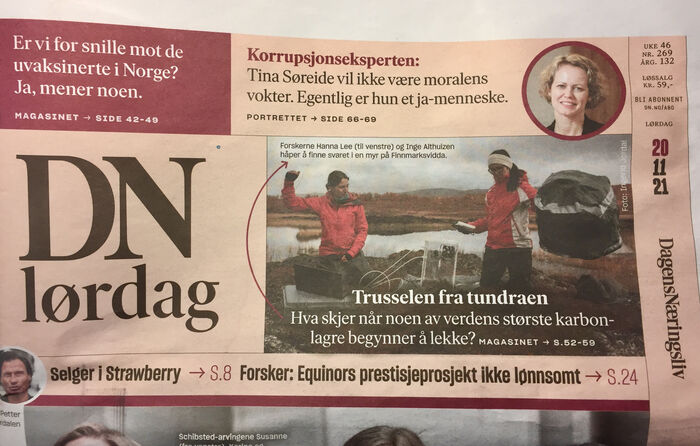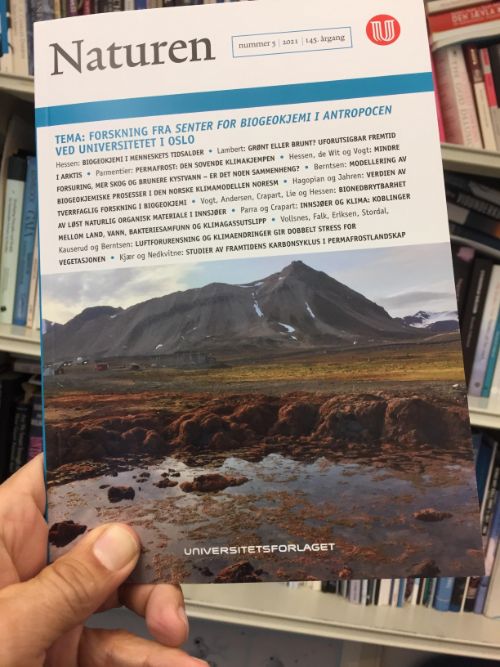International research team, including CBA co-leader Sebastian Westermann, finds no evidence of a global climate tipping point in connection with permafrost; rather, permafrost soils are thawing in step with global warming.
Permafrost soils store large amounts of organic carbon and are often portrayed as a critical tipping element in the Earth system that will suddenly collapse on a global scale once global warming reaches a certain level. However, this image of a ticking time bomb that remains largely inactive until it explodes at a certain level of warming is controversial among researchers. According to the current state of scientific knowledge and data, this picture is not correct, as an international team with significant contributions from the University of Oslo has now shown in a recently published study. According to the study, there is not a single global tipping point, but numerous local and regional ones that “tip” at different times, so that the effects accumulate and the permafrost thaws in step with climate change. This makes it all the more important to act decisively today if we want to preserve as much permafrost as possible. The study has just been published in the journal Nature Climate Change.


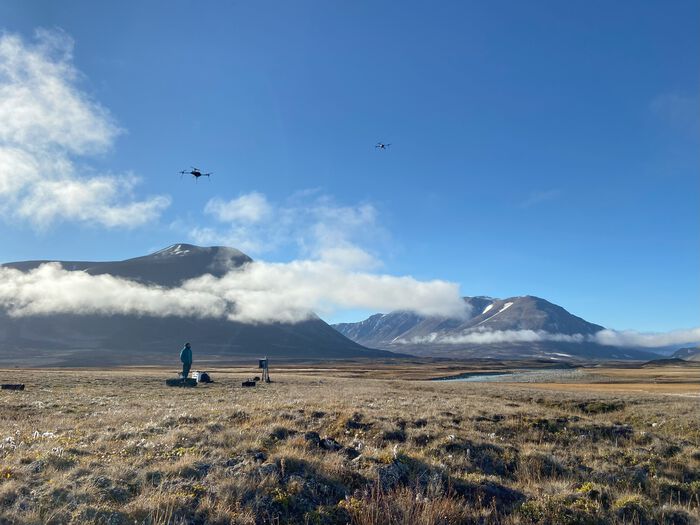


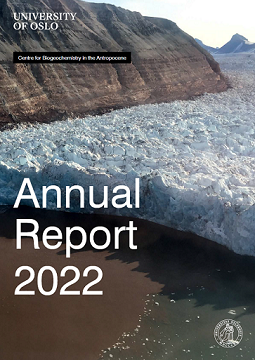
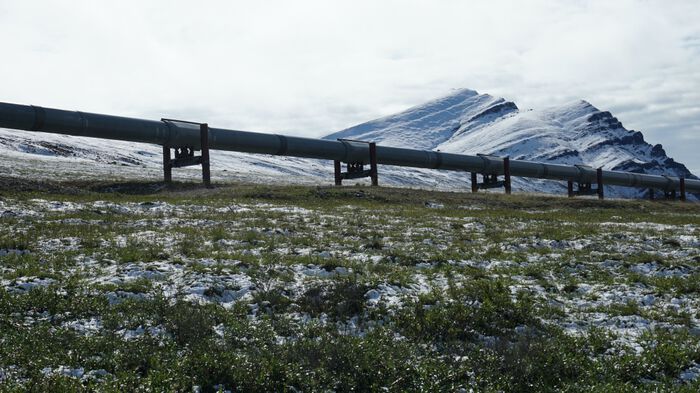

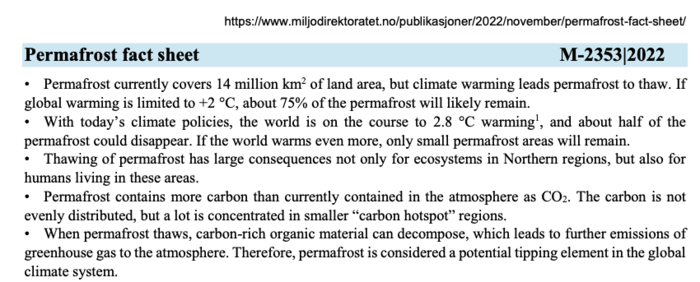
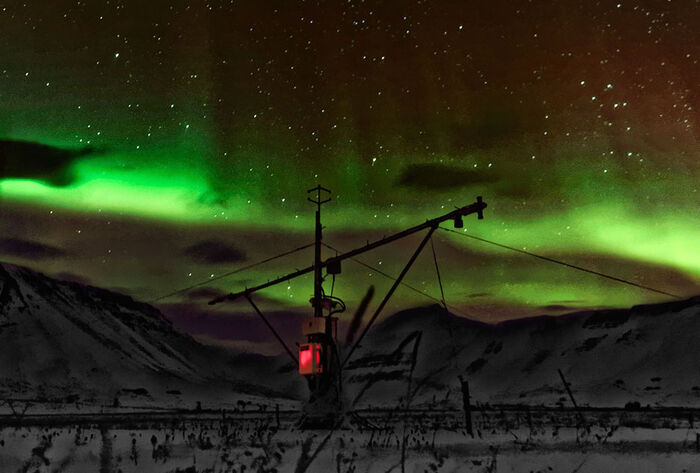
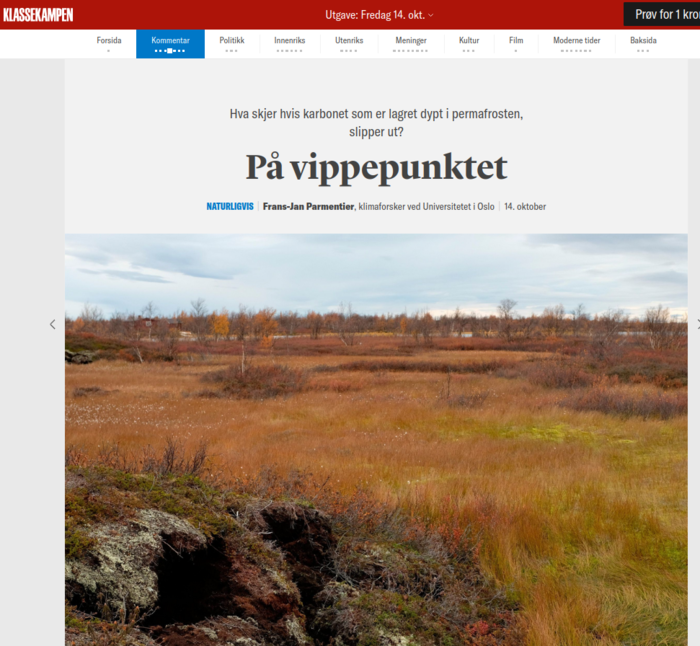
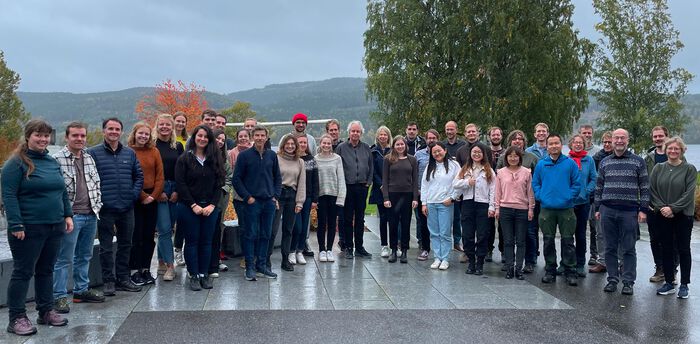

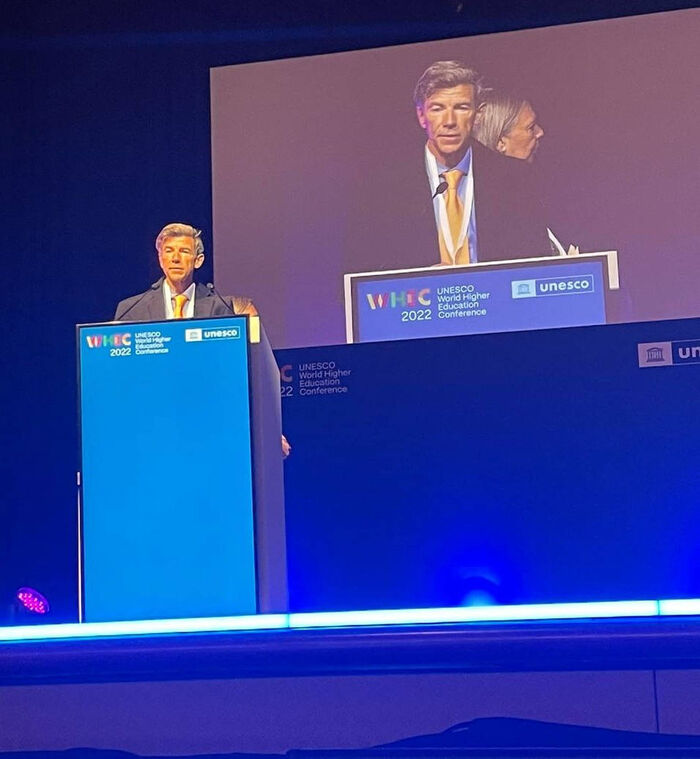
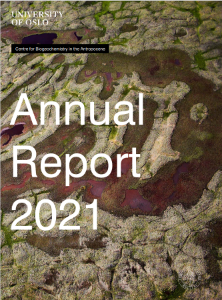

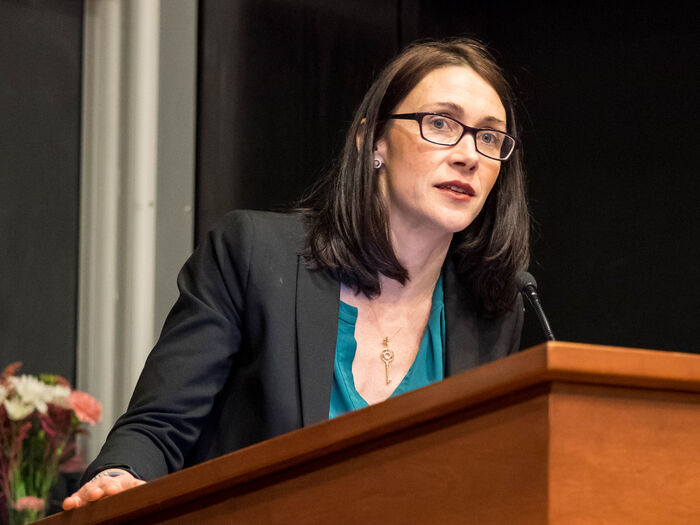
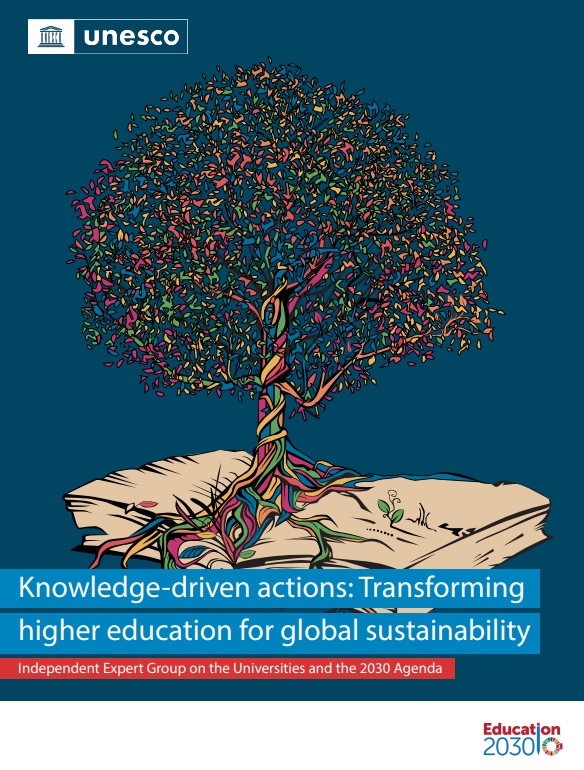

.png?alt=listing)


